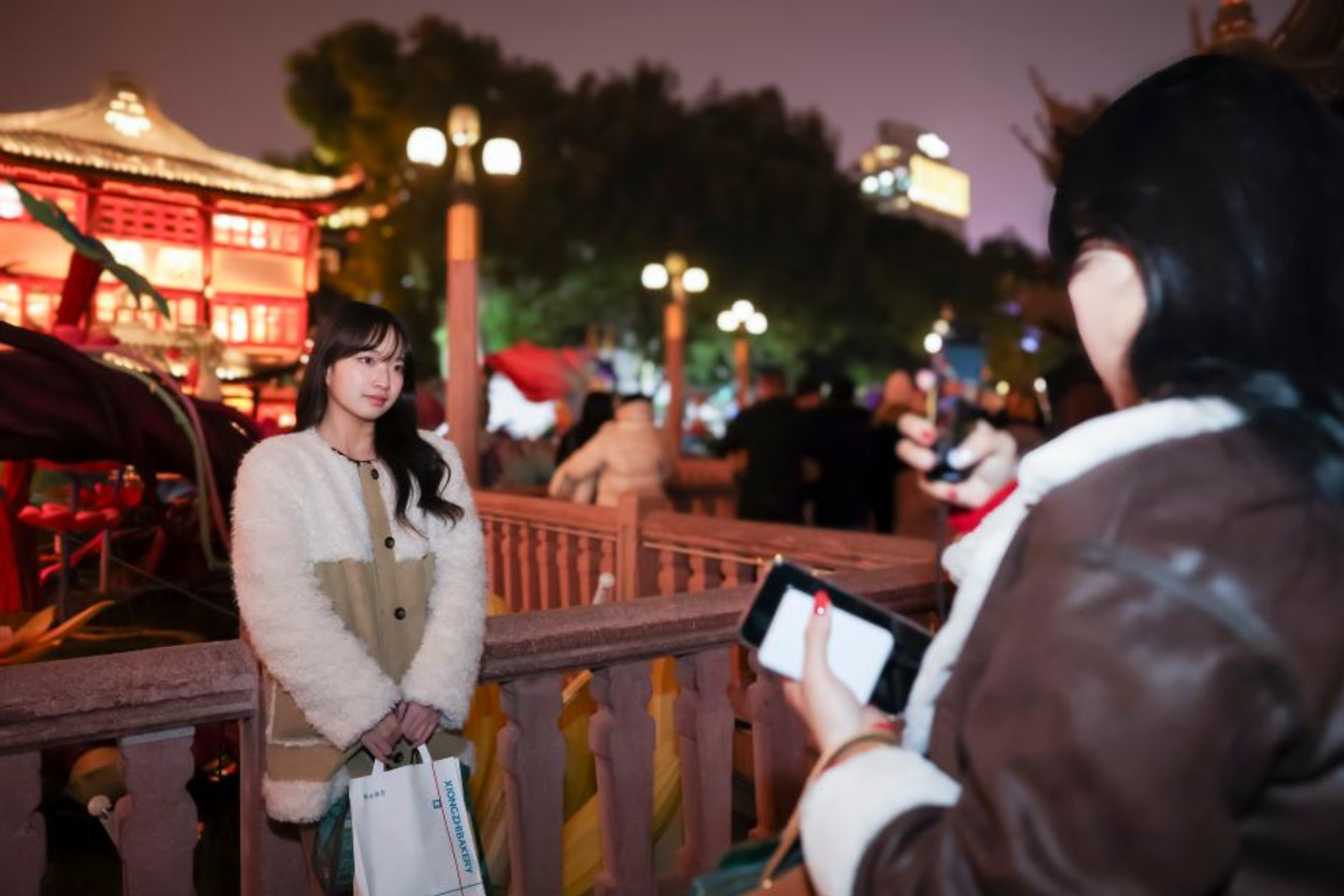Zhang Yang’s 2015 work, Paths to the Soul, follows a group of Tibetan villagers on a 1200 km (or about 750 miles) pilgrimage to Lhasa, the Tibetan capital. It’s probably not a documentary, though it damn well looks like one. Yang is credited as a screenwriter, but the cast is supposedly “non-professional,” according to a Variety review. We’ll settle for docu-drama, then, like IMDB.
Not only did Variety describe Paths to the Soul as a “road” movie, but so did the New York Times. It’s a tempting but misleading characterization. Without a doubt, it is the basic narrative form to which Zhang Yang adheres: person and/or persons decide a break from their boring and quotidian life is in order; depart for some distant location of cultural or individual-historical importance; encounter a predictable set of charming or uncouth characters along the way; and, inevitably, face some combination of complications which will without fail include one or more of the following: vehicle maintenance, vehicle repair, or vehicle abandonment.
That’s the basic gist for Zhang Yang, too, in a film which manages to find time for maintenance, repair, and abandonment.
The film follows a group of villagers led by Nyima and Yangpei, Nyima’s uncle who has hardly left the Mangkang hamlet: “I just follow the yaks around,” he complains. But the expedition increases in size and diversifies in purpose as the news spreads throughout the village, and eventually the troupe counts a pregnant woman, a young girl, and the village drunk among its eleven members.
It is with the characters that Zhang Yang’s documentary style inaugurates his divergence from the narrative structure of the road-trip cliché. Despite the trek’s ostensibly religious and supposedly personal importance to each of the pilgrims, the film doesn’t elaborate on any of their characterological needs. Paths of the Soul isn’t about any one of them, and it’s possible this will turn some people away. Film clichés are clichés for good reason, of course, and character is a potent driving force. Perhaps no one has told Zhang Yang.
So, maybe that’s why the village drunk never has a climatic drunken episode or sobering epiphany, the group never faces dissolution or even an argument, and the birth of the pregnant woman’s child provides one of the film’s arresting sequences – she goes into labor on the side of the road in the mountains and is driven in the soon-to-be-busted tractor to a regional hospital – but none of it can break the disciplined focus of the pilgrimage or the film.
Zhang Yang cares most about the rhythm of the film, both in the way his scenes recur and mirror the repetitive structure of the pilgrimage itself, and literally, in the life of the film’s sound. This is the source of its beauty, its tedious pace, and Zhang Yang’s unmistakable originality. Alternatively, it might develop an anxious impatience. For most, I suspect, it’s a bit of both.
If there is anything that makes the film worth its nearly two-hour running time, it is doubtless that rhythm and the sound of a film that seeks to rise above its characters and match the beauty of National Highway 318, along which the characters kowtow for days on end.
Zhang Yang’s lacks any kind of extradiegetic soundtrack, and the film makes a convincing argument that he doesn’t need one. The rhythm of quotidian life in Mangtang is unmistakable in the film’s opening scenes, nor is it ever broken, but only replaced by the rhythm of the road: the percussive repetition of the wooden hand-planks and the scraping leather aprons against the road. This steady march is constantly interrupted by the rush of trucks and cars on the highway, a reminder of an anachronism the film takes to heart.
That anachronism is captured best by a single shot of the villagers washing cars in a city near the end of their trek. They’ve stopped to make some cash before they can continue, and car-washing (of course) fits the bill.
It’s not exactly majestic.
There is one road-movie trope Yang does indulge: the destination is never as important or exciting as the journey. Lhasa, and even the Holy Mount, barely make it into the end of the film, and Yang seems to have exhausted (or proven) its artistic merit by then, anyway. It isn’t that, as is genre-typical, Nyima Yangpei and Co. are diverted or distracted from their destination by a set of unforeseen circumstances. This is the standard prescription for making any actual distance traveled disappear via narrative illusions.
Instead, Yang takes the distance and works with it as the film’s narrative clay, perhaps even in a brash attempt to account for a lack of characterological development. If his gambit works, Path of the Soul lulls you into an addictive state. Mesmerized by the setting, sound, and cinematography, you’ll actually crave the next shot of villagers sliding down the asphalt. If it doesn’t, you’ll feel dragged along yourself.
Director: Zhang Yang
Release Date: 20 June 2017 (China)
Run Time: 115 mins
Awards: Nominated for a Golden Frog, Feature Documentary Films Competition
Where to watch: You can find it here, with English subtitles.
| Column Archive |




















